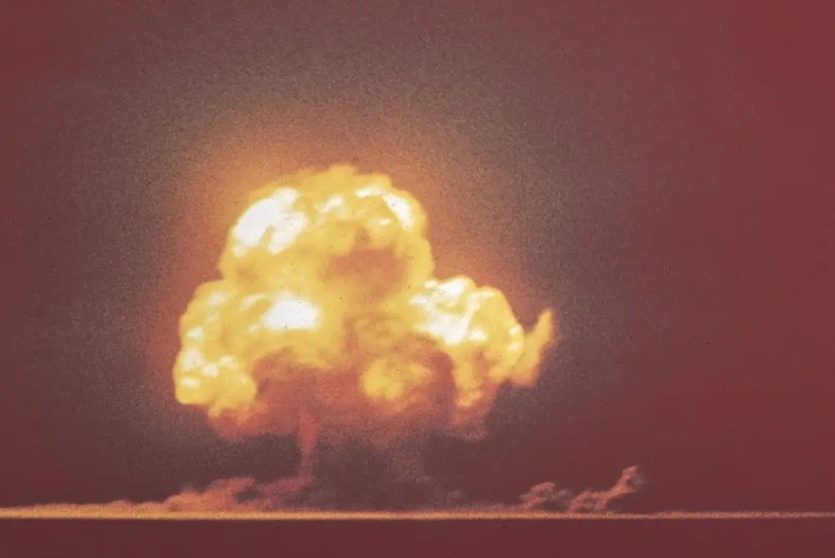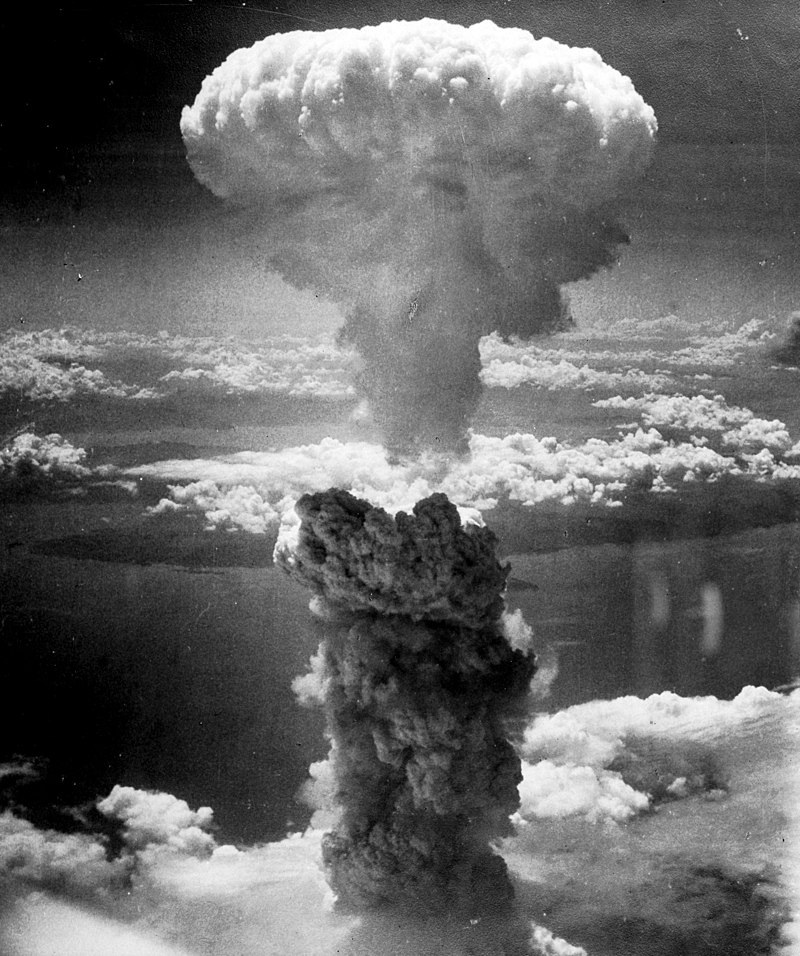Nuclear and thermonuclear bombs: what is the difference?
The release of Christopher Nolan’s historical drama Oppenheimer, which tells the story of the father of the atomic bomb and the Manhattan Project, brought with it an interest in everything related to nuclear physics. And despite the fact that nuclear energy has been in the public eye for quite some time, there are still misconceptions about it, particularly with regard to the definition of the concepts of a nuclear bomb and a more modern thermonuclear explosive device.
One key difference
A nuclear bomb (also called an atomic bomb) is a device that uses nuclear fission to cause a powerful explosion. More precisely, a small explosion is used in a sphere of, for example, plutonium-239, which splits the nucleus of plutonium atoms, which then collide with the nuclei of other atoms, causing a chain reaction – as a result, a huge amount of energy is released in the form of a powerful explosion.

It is the only nuclear weapon that has ever been used in real combat. However, after the bombings of Hiroshima and Nagasaki, scientists began to develop an even more destructive and much more powerful type of explosion: the thermonuclear explosion.
A thermonuclear bomb (also known as a hydrogen bomb) is similar to a nuclear bomb in that the first phase still uses nuclear fission, which then leads to something more – igniting a fusion reaction with hydrogen particles. The first explosion creates a high temperature, due to which hydrogen atoms begin to merge to form a heavier element, helium, and again the chain reaction leads to an explosion – this time much more powerful.
Power and consequences
The “Little Boy” atomic bomb dropped on Hiroshima on August 6, 1945, contained about 64 kg of enriched uranium, which was 80% uranium 235. The “Fat Man” that hit Nagasaki a few days later used a plutonium-239 core that was ignited by thousands of kilograms of conventional explosives.

As illustrated in the video below from the RealLifeLore YouTube channel, the Malyukov explosion released about 15 kilotons of energy, equivalent to 15,000 tons of TNT, and lifted a mushroom cloud about 8 kilometers. The “fat man” provoked an explosion with a power of about 21 kilotons.
As for the explosive power of a thermonuclear bomb, it can be hundreds or thousands of times greater than that of a nuclear bomb. While the force of the bombs dropped on Hiroshima and Nagasaki was measured in kilotons of TNT, the force of thermonuclear bombs is measured in megatons (millions of tons). For example, the AN602 or “Tsar Bomba” launched by the Soviet Union in 1961 over the island of Novaya Zemlya caused a massive explosion of 50 megatons, about 3,333 times more powerful than the Malysh bomb that destroyed an entire city.

